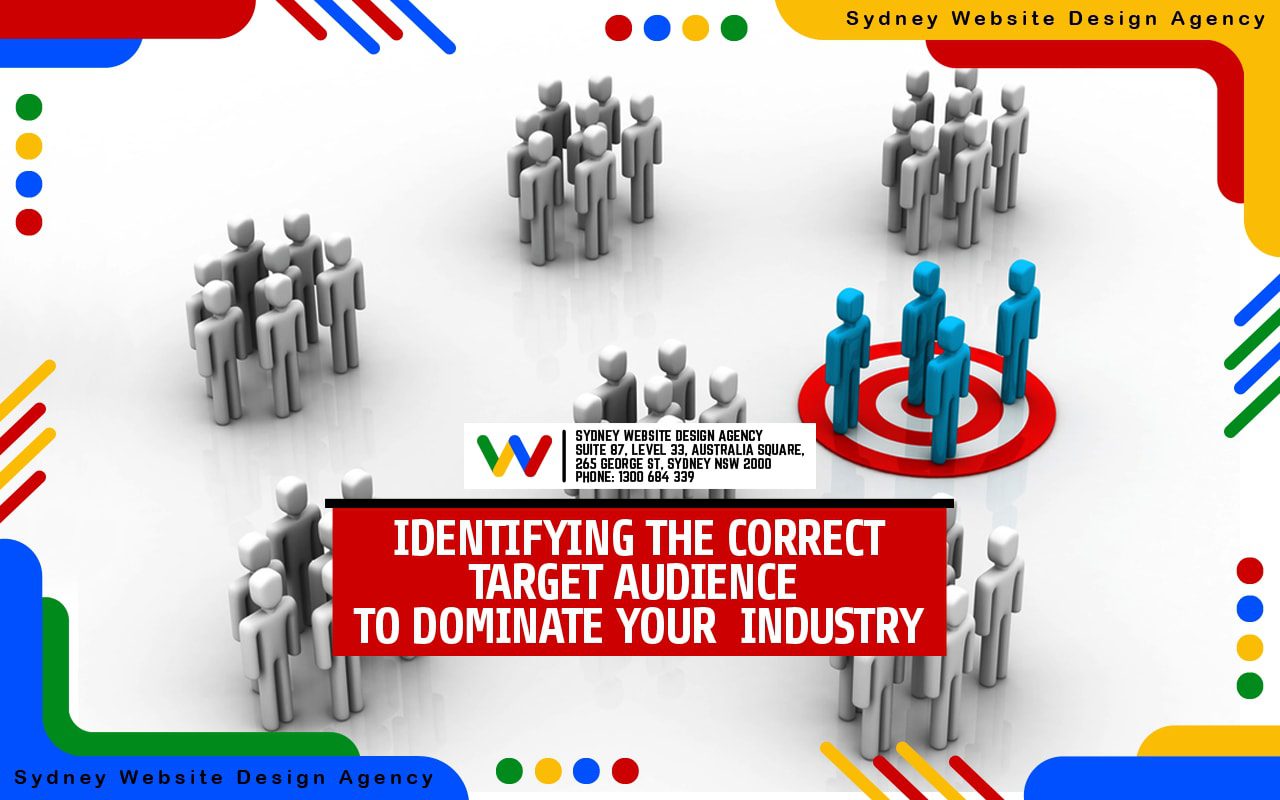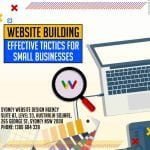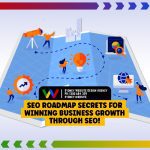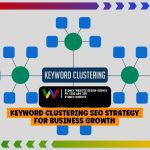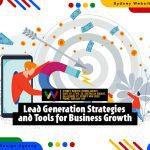Key to Building a Strong Business is Understanding Your Target Audience
As a business owner, it’s essential to clearly understand your target audience. After all, your target audiences is the foundation upon which your entire business is built.
Think of your target audiences as the people who are most likely to buy your product or use your service. To find your target audience, you’ll need to do some research and define what characteristics they share. Once you’ve done that, you can start working on acquiring them as customers and turning them into brand ambassadors.
Introduction
One of the most common mistakes that businesses make is lack of research when it comes to identifying their target audience. To be able to set the tone of your digital marketing campaign more effectively, you need to have a clear definition of who your target audience is. The wrong audience will never convert, while the right ones can become brand ambassadors for your brand.
However, understand that not everyone is your target audience. Thus, it is essential to identify which audiences are drawn to the products and services that you offer to dominate this particular niche. Again, this can be a challenging task if you are incapable of knowing and understanding who your target audiences are.
To help you understand and interact with the right audiences for your market, continue reading on. We have collated This blog on how to identify who your target market, how to engage with them, and how to nourish them to become loyal clients for your business.
Table of Contents
- What Is Target Audience
- Advantages of Knowing Your Target Audience
- Difference Between Target Audience and Target Market
- Advantages of Having A Target Audiences
- Engaging and Acquiring Target Audiences
- How To Turn Your Audiences into Loyal Customers
- FAQs Target Audience
- Is Your Target Audience The Right Pack For Your Business.
What Is a Target Audience

The target audience is the group of consumers that are most likely to want your product or service and should, therefore, see your advertising campaign. The size of your target audience may be restricted by age, gender, income level, location, or a variety of other interests.
- To identify your target audience and target groups, consider the following:
- Who is most likely to use your product or service?
- What needs does your product or service address?
- What are the characteristics of your specific target audience?
- Age
- Gender
- Income level
- Location
- Interests
Defining your target market is an essential first step in any marketing campaign. Once you know who you’re trying to reach, and their audience insights, you can tailor your messaging and choose the most effective channels to reach them.
Advantages of Knowing Your Target Audience
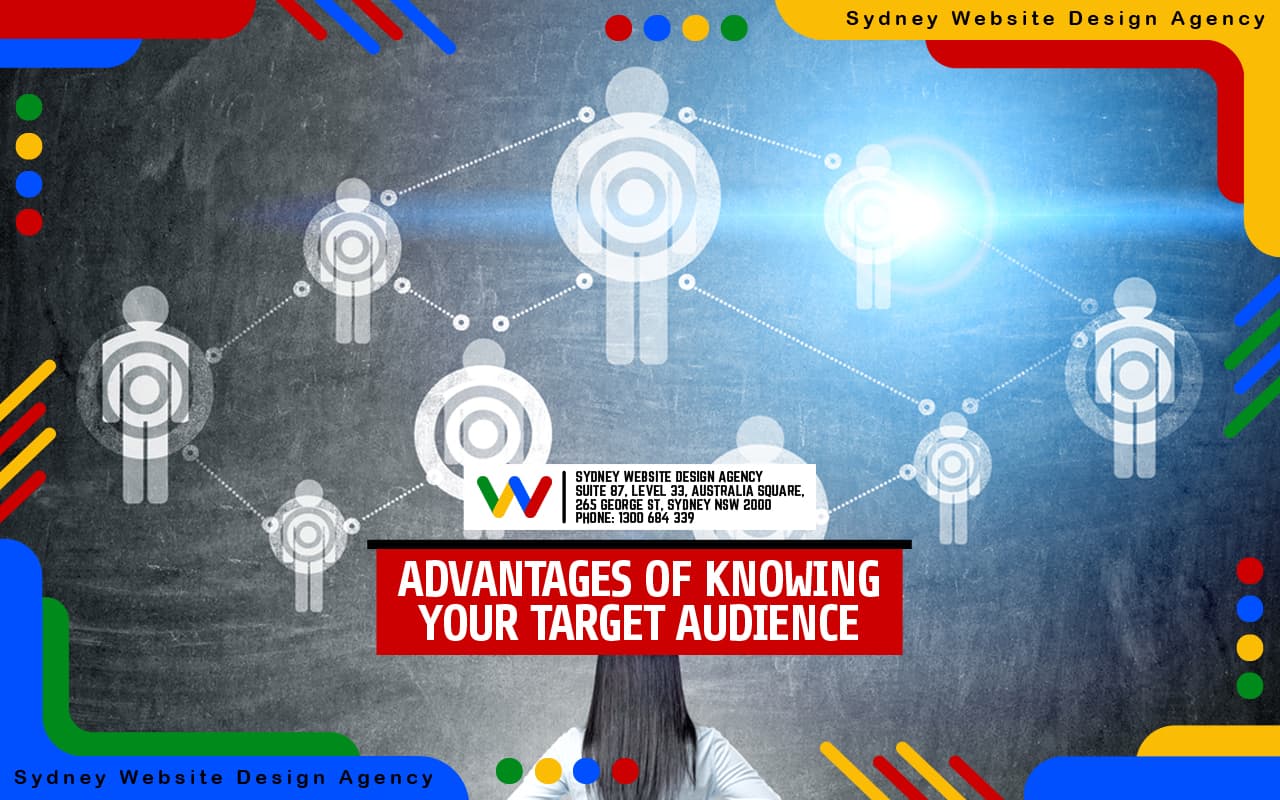
There are several advantages to knowing your target audience. First, you can focus your marketing efforts on the channels that are most likely to reach them. For example, if you’re trying to reach young entrepreneurs, you’ll want to focus on small business blogs and social media groups for rookie entrepreneurs and small business owners. Secondly, by understanding who your target market is, you can create content that appeals specifically to them. This will help ensure that your marketing message is communicated effectively and reaches the right people.
Second, tailoring your message to your target audience will make it more effective. When you know who you’re talking to, you can use language and images that resonate with them. This is more likely to lead to conversions than a generic message that doesn’t speak to anyone in particular. This is where extensive audience research is important.
Finally, knowing your target audience gives you a better chance of turning them into brand ambassadors. If you can connect with them on a personal level and show them that you understand their needs, they’re more likely to become loyal customers and advocates for your brand. Respond positively to their questions and continuously create useful information based on your audience data.
Difference Between Target Audience and Target Market

The terms “target audience” and “target market” are often used interchangeably, but there is a difference between the two. Your target audience is the group of people who you want to reach with your marketing campaigns.
Your target audience analysis should focus on the target audience or the group of people who are most likely to buy your product or use your service. Unless you have a clear target audience definition, getting more engaged with your target audience can be challenging.
Your target audience can be further segmented into different groups, based on factors like age, gender, income level, or interests. For example, a clothing company might have a target market of women aged 18-34. Within that target audience, they might further segment their audience by income level, creating separate marketing campaigns for budget-conscious shoppers and luxury shoppers.
It’s important to understand the difference between your target market and your target audience, as they don’t always overlap. You may have a product that’s perfect for a certain group of people, but if they’re not the right demographic, or they’re not interested in what you’re selling, you won’t be able to reach them with your marketing campaigns.
When defining the target audience, think about:
- Who is most likely to use the product/service?
- What needs does it address?
- What are the characteristics of the ideal customer?
Once these questions are answered, it becomes much easier to create ads and content that resonates with this group of people. Additionally, developing a connection with the target audience can result in lasting relationships and customer loyalty.
Developing a connection with the target audience can result in lasting relationships and customer loyalty. When customers feel like they’re being catered to, they’re more likely to remain loyal to the brand and continue using the product or service.
Keeping Your Target Audience in Mind
Once you’ve defined your target audience, it’s important to keep them in mind throughout the marketing process. Every step of the way, from creating ads to designing your website, should be focused on catering to the needs of your target audience. Always have regular target audience analysis to be able to do changes and improvement in your marketing efforts.
If your messaging is all over the place, you’ll have a tough time building relationships with customers. It’s much better to focus on delivering relevant information to your target audience so that they feel valued and understood. Having clear marketing messages matters to sustain your audience’s attention.
Target audiences are essential to the marketing process. Without a clear understanding of who you’re trying to reach, it’s impossible to create effective marketing campaigns. Keep these tips in mind as you define your own target audience, and you’ll be well on your way to developing a connection with them that will result in lasting customer loyalty.
Acquiring Your Target Audience
Once you’ve defined your target audience, it’s time to start acquiring them as customers. There are a few different ways to do this, depending on your product or service and your budget.
One way to reach your target audience is through paid advertising. This can be effective, but it can also be expensive. You’ll need to carefully select your keywords and targeting options to ensure that your ads are only being seen by people who are likely to be interested in what you’re selling.
Another way to reach your target audience is through content marketing. This involves creating informative or entertaining content that’s relevant to your product or service, and then distributing it through channels like social media, blogs, or email newsletters. Content marketing is a great way to build relationships with potential customers and get your brand in front of a large audience.
Finally, you can also reach your target audience through word-of-mouth marketing. This is when customers tell their friends and family about your product or service, either because they’re happy
Advantages of Having A Target Audiences

By focusing on a particular audience, businesses can Break large markets into manageable Segments. This way, brands Connect more easily with groupings of potential customers that are More likely to be interested in what they have to offer. Having a marketing strategy that outlines your marketing goals can help you target the right customers. Implementing target marketing strategies can enable more people to discover your brand and attract more customers which leads to increased sales.
There are countless benefits to target marketing, including strengthening your relationships with current clients and increasing leads. Some of the other advantages include:
Connecting with your target audience
When you want your marketing information to reach its audience, target it specifically. This can be difficult for businesses who have a diverse range of clients and often face challenges when trying to connect with potential customers on a personal level. Persuading someone to invest in your brand, but if you break down larger groups into more manageable numbers, then you’re more likely to succeed in reaching those individuals who are actually interested in what you have to offer.
Attracting High-Quality Leads
By targeting your advertising and marketing campaigns to speak directly to your ideal customer base, you can bring in new business while still keeping the customers you already have. When done correctly, this will result in increased sales from both leads and current customers alike.
Make Your Brand Stand Out
By targeting a specific audience instead of speaking to everyone, you will make your brand more distinct from competitors. Make sure marketing reflects your brand in a way that customers can easily identify. Customers are more likely to buy–and continue buying–from brands they recognise and have had positive experiences with. Stay at the top of your market by continuing to ensure that your brand is unique and recognizable.
Develop Deeper Customer Loyalty
Differentiating your brand from competitors by creating more personal relationships with customers can lead to long-term customer loyalty. When clients see that your brand is unique, and you have met their specific needs, your target audience are likely to keep coming back to buy from you again and again.
Better Customer Relations
Understanding your customers better and establishing strong relationships with them will help you view your products and services in a different light. When you know more about the needs of your potential customers, it becomes easier to focus on meeting their expectations. Identify what features to include in future versions of your products and services so that they are tailored to meet customer needs as you strengthen your brand.
Helps in Improving Products and Services
Target marketing allows businesses to connect with small groups of people who would benefit most from their services or products. For example, companies that sell brands can contact different audiences every day to let them know why buying the company’s products or services would be advantageous.
Engaging and Acquiring Target Audiences

Acquiring target audiences can be a difficult task, but it’s necessary to engage with potential customers so they know your brand exists. By using methods such as market segmentation and persona development, you can identify the individuals most likely to be interested in what you have to offer and reach out to them specifically.
When executed well, target marketing enables businesses to improve their marketing strategies by making more informed decisions. Additionally, it allows for better customer relationships, increased leads and sales, and improved brand recognition. If you’re investigating how to improve your marketing strategy, consider targeting your audience more specifically.
Once you have your personas created, it’s time to identify which media sources reach these ideal demographics. Use the following tools to help you get started:
Media Kits
Publishers use media kits to provide insight into demographics of their content reaches. This can be segmented by job title, income or hobbies, depending on the brand. When choosing where to invest ad dollars, marketers should only consider paid subscribers when making decisions or negotiating cost, not total reach. While a long shelf life is beneficial for marketers; it’s important to remember that magazines are often passed along to friends and family (free of charge), so these numbers shouldn’t be included in circulation totals when deciding where to buy ads.
Social Media
Different demographics tend to use various social media sites, so it’s important that businesses know where their social media target audience ‘hangs out’ online. Additionally, not all ads will be equally successful on every platform – native ads may perform better on Facebook, for example, while display ads may do better on Instagram. Finally, don’t forget to measure the results of your campaigns so you can refine your approach and get even better results next time around! If you need help, you can always hire a social media marketer to be more in touch with your social media audience.
Google Ad Planner
Google Ad Planner is a free tool that provides detailed information about website traffic. Marketers can use this information to identify where their target market is spending time online, so they can place ads on these websites. Additionally, Google Ad Planner can be used to research demographic information about website visitors, such as age, gender and location.
Competitive Media Analysis
Media mix modelling (M3) uses complex mathematical formulas to analyse how different marketing elements work together to impact business results. This type of analysis can help marketers understand how their own campaigns are performing in relation to their competitors’ campaigns. Additionally, M3 can be used to predict how changes in the media mix (such as increasing or decreasing ad spend) will impact business results.
Nielsen Media Research
Nielsen Media Research is a media measurement company that provides detailed information about television viewing habits. This includes information about what people watch, when they watch it and how much they watch. Marketers can use this information to identify the best way to reach their target market. Additionally, Nielsen Media Research provides detailed information about media consumption, which can be used to identify which channels are most effective for reaching a particular target market.
Targeting your audience doesn’t have to be complex. It’s a process of identifying the audience and how they take in information, developing an informational piece tailored to them, getting straight to that point, and having a plan for what action we want the audience to take.
How To Turn Your Audiences into Loyal Customers
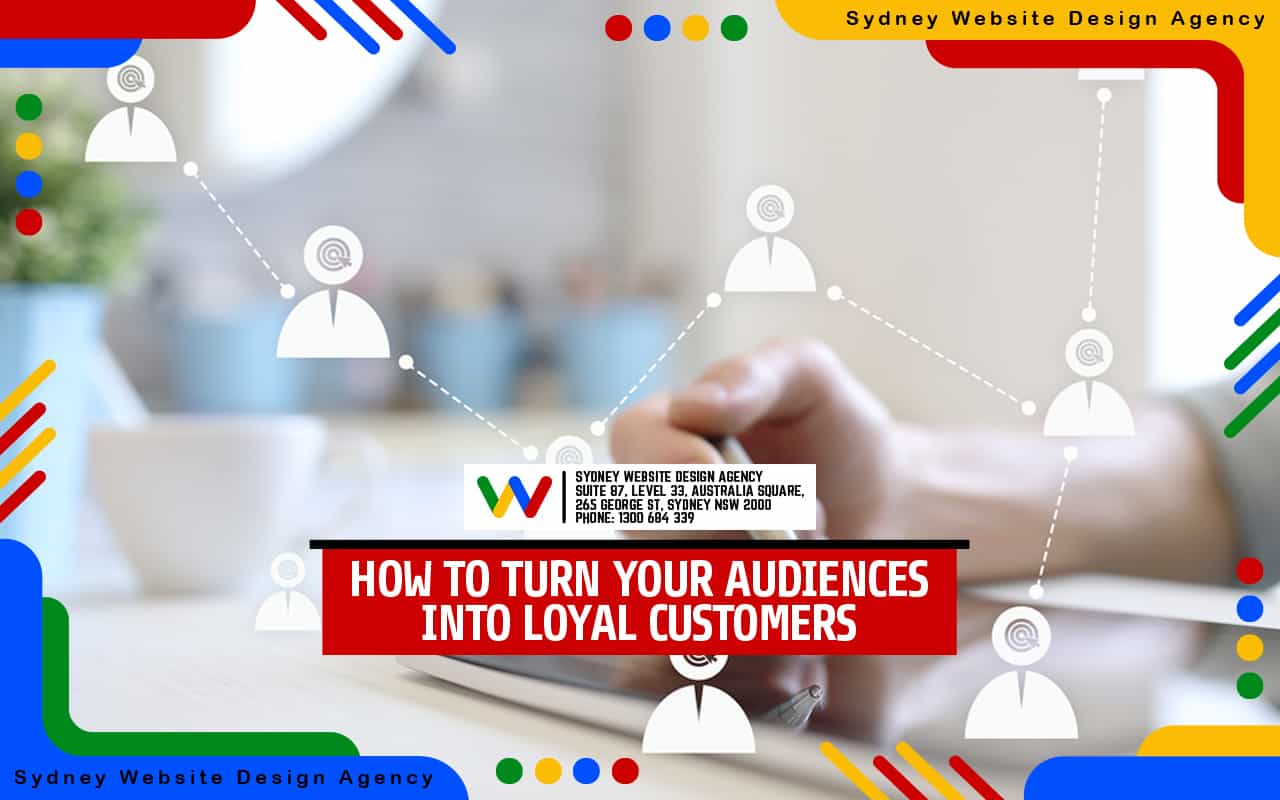
There are a few key things you can do to turn your audiences into loyal customers. First, make sure you’re providing them with valuable and relevant content. This means creating content that is interesting and informative, and that addresses their specific needs.
Additionally, it’s important to build trust with your audience by being transparent and honest in your communications. Finally, be sure to provide excellent customer service and follow up with your customers after they’ve made a purchase. By following these simple tips, you’ll be well on your way to developing a loyal customer base.
Ways to further engage your audience and turn them into customers
1. Offer incentives.
One way to further engage your audience and turn them into customers is to offer incentives. This could include discounts, free shipping, or other special offers. By providing your audience with an incentive to buy from you, you’ll be more likely to convert them into paying customers.
2. Make it easy for them to buy from you.
Another way to turn your audience into customers is to make it easy for them to buy from you. This means having a well-designed website that is easy to navigate, and providing clear and concise product information. Additionally, it’s important to offer multiple payment options and make the checkout process as simple and streamlined as possible.
3. Keep them informed.
It’s also important to keep your audience informed about your products or services. This means sending them regular updates about new products, sales, or other special offers. Additionally, it’s a good idea to provide helpful tips or resources that they can use in their everyday life. By keeping your audience informed, you’ll be more likely to convert them into loyal customers.
4. Follow up with them after they purchase from you.
Finally, be sure to follow up with your customers after they’ve made a purchase from you. This could include sending them a thank-you note, following up to see how they’re using your product, or offering customer service if they have any questions or problems. By following up with your customers, you’ll show that you’re interested in their satisfaction and that you’re committed to providing them with the best possible experience.
Developing a loyal customer base is essential for any business. By following these simple tips, you’ll be well on your way to turning your audiences into loyal customers.
Target Audience Frequently Asked Questions
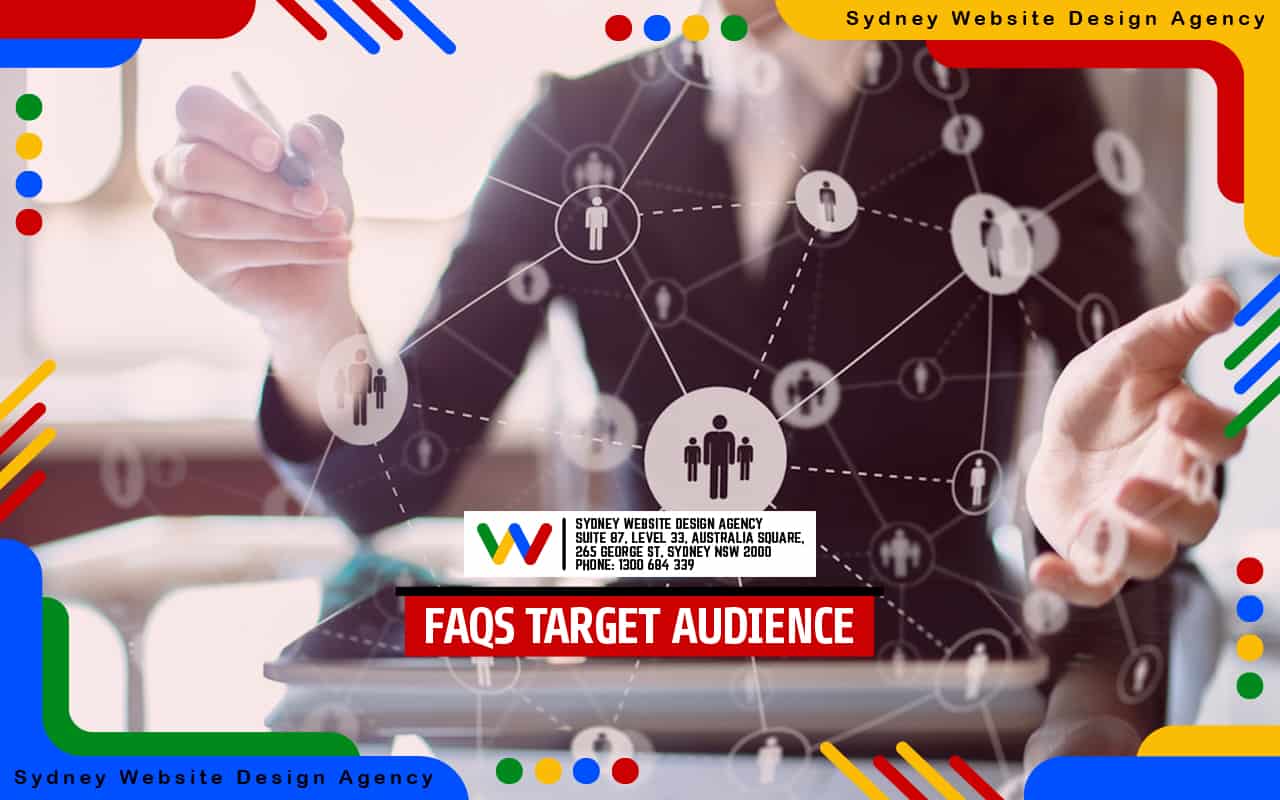
How do I identify my target audience?
Additionally, it’s a good idea to use market research to further understand your target market. This could include conducting surveys or focus groups, or analysing data from your customer base. By taking the time to identify your target audience, you’ll be able to develop more effective marketing campaigns and improve your chances of converting them into customers.
How do I engage my target audience?
What are some common mistakes businesses make when trying to engage their target audience?
What are some common questions businesses should ask when trying to identify their target audience?
Who is your target audience?
How do I find my target audience?
Can you give an example of a target audience?
What are market segments and how do they differ?
How does social media analytics help me find my target audience?
What role does Google Analytics play in understanding my target market?
How do I adjust my marketing mix for multiple target audiences?
Why is understanding consumer behaviour important for my marketing campaign?
Is Your Target Audience The Right Pack For Your Business
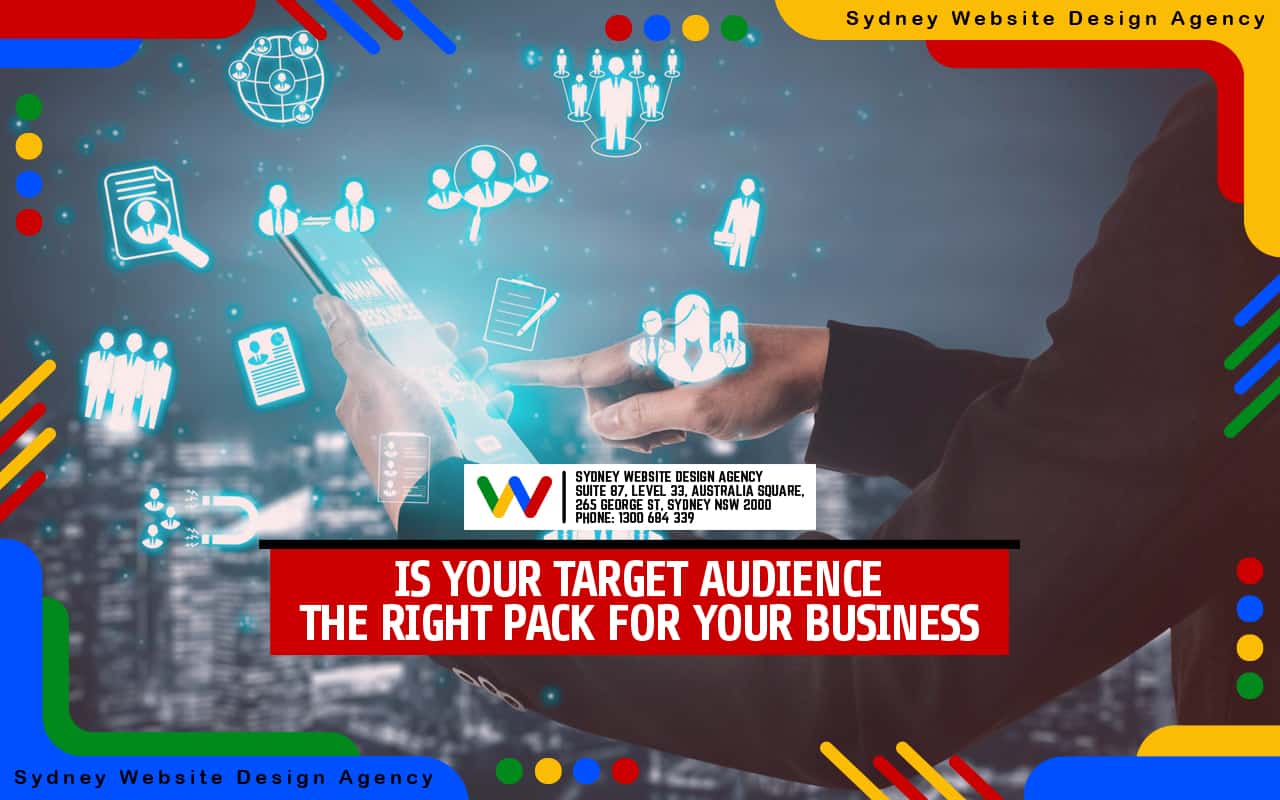
As a business owner, it’s essential to identify your target audience and then tailor your content and marketing messages to them. By doing this, you’ll be much more successful in converting them into customers. Additionally, it’s important to engage your target audience by providing relevant and valuable content, being transparent and honest in your communications, and offering excellent customer service. By following these simple tips, you’ll be well on your way to developing a loyal customer base.

